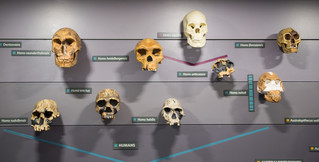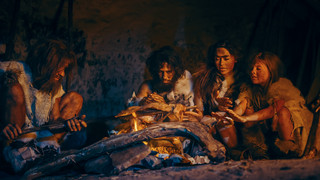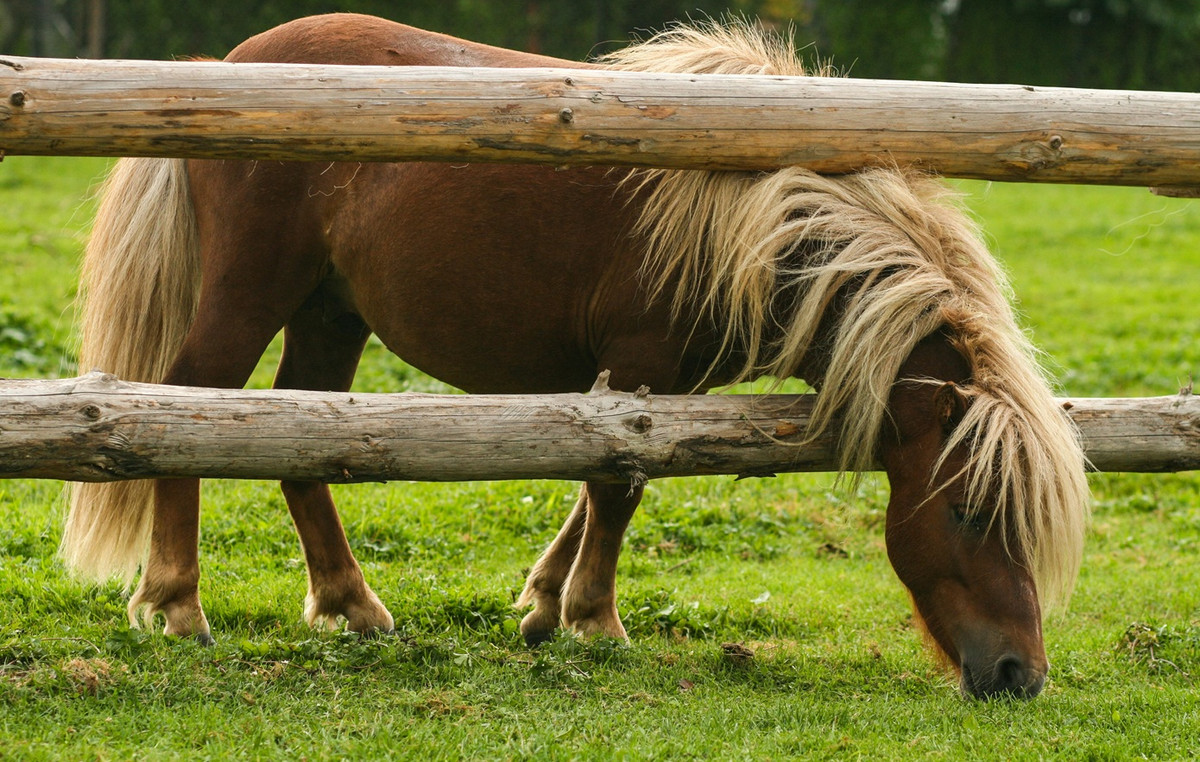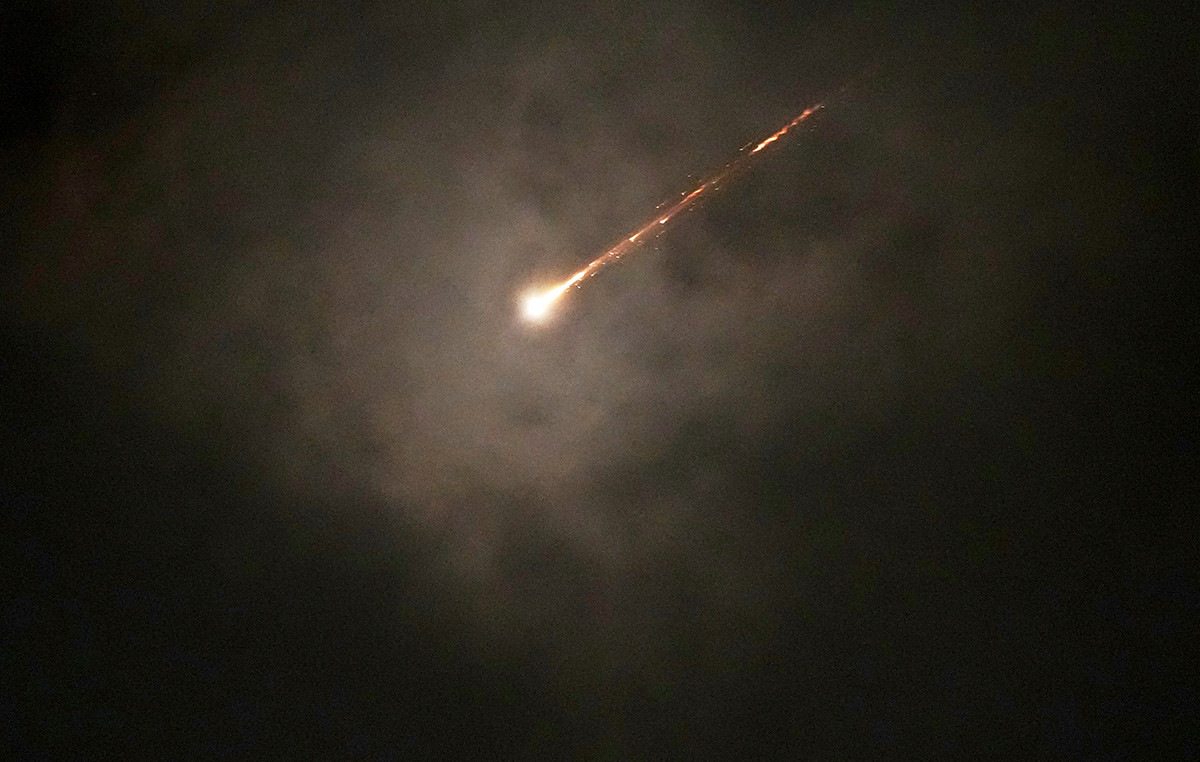300,000 years ago – a brilliant moment in evolutionary time – at least nine species of humans roamed the planet. Today there is only one left, ours Homo sapiens. And this raises one of the biggest questions in the history of human evolution: Where did everyone else go?
“It is no coincidence that many of these species disappeared at the time when Homo sapiens began to spread from Africa to the rest of the world,” he points out in Guardian the professor Chris Stringer from the Natural History Museum in London. “What we don’t know is whether this spread had a direct connection.”
There are many theories surrounding the disappearance of our human cousins and limited evidence to decipher what exactly happened. But recent studies provide tantalizing clues.
What we (don’t) know
About 40,000 years ago, Homo Sapiens was the last to diverge from a large and diverse group of bipedal hominids. Speculations range from Homo Sapiens having more children and having higher survival rates than other species, or that climate change drove the rest to extinction, to the scenario that Homo Sapiens spread at the expense of other species or have interbred with them and wiped them out biologically and genetically.
About 300,000 years earlier, the first Homo Sapiens populations developed in Africa. They didn’t look exactly like modern humans, but they certainly had a lot more in common with us than the rest of the species. Exactly where and how Homo Sapiens appeared is still a mystery in academia. For example remains of early Homo Sapiens have been found in Morocco, Ethiopia and South Africa, suggesting that the species existed in several locations at the same time.
It is also unclear when exactly Homo Sapiens started their movement from Africa. Genetic evidence suggests there was a major exodus between 80,000 and 60,000 years ago. But it seems that this was not the first “mission”. A Homo Sapiens skull has been found in the Apidima cave, on the western craggy beach of Mani, Greece and dates to 210,000 years ago.
The rest of the humanoids
We know of many hominin groups that coexisted with Homo Sapiens between 300,000 and 100,000 years ago. Some species were quite similar to Homo Sapiens. Others differed significantly. The much stronger and huskier ones Neasterdal managed to withstand the heavy cold of Europe and the mysterious Denisovan it seems that they managed to survive in the difficult area that is today Siberia and Tibet. the “cosmopolitan” Homo erectus he even wandered to parts of Indonesia, while o Homo Longi he lived in China. THE Homo rhodesiensis (also known as Homo bodoensis or Homo heidelbergensis – scientists continue to debate its name and status) lived in central and southern Africa.
Other species were quite different from us: O Homo nalediwith a brain the size of a monkey, roamed the wooded grasslands of South Africa, and the tiny Homo floresiensis and Homo luzonensis they lived and died on the islands of Flores and Luzon in Indonesia and the Philippines respectively.

Genetic diversity and large networks
An important advantage that our immediate ancestors Homo Sapiens seem to have had in relation to other species was in principle the size of the population and more interbreeding resulting in a greater genetic diversity. The lack of genetic diversity made the remaining species more susceptible to disease and therefore less likely to survive.
Furthermore Homo Sapiens had larger social networks that spanned the wider landscapeChris Stringer emphasizes and explains: “Having wide networks gives you an insurance that you can find your species a little further away if there is an environmental crisis, when you run out of food or water. You can move in their environment. They are not enemies, they are your relatives. Such networks also enable the exchange of ideas and innovation.’
This element of Homo Sapiens may have existed a critical factor in its survival in climate changes that would have wiped out less adaptable species. A study published in Nature in 2022 modeled ancient climates and ecosystems and found that species such as Homo Erectus, Homo heidelbergensis and Neanderthals lost significant parts of their environment before they went extinct.

The assimilation scenario
Another scenario that human evolution scientists consider is the possibility that Homo Sapiens assimilated the rest of the species. There is genetic evidence that this happened to some extent, but it remains unknown to what extent it is responsible for the extinction of the other species. Some people living in Eurasia today have up to 2% Neasterdal DNA. Some geneticists claim that they can assemble about 40% of the Neanderthal genome from the sequences of living humans.
In other areas, for example populations in Oceania, they have between 2% to 4% Denisovan DNA. In fact, some groups have an even higher percentage. There is also the tantalizing mystery of an unknown human ancestor, who genetically contributed between 2% and 19% to the evolution of humans living in west Africa today.
Competitive advantage due to innovations
An also very likely scenario is that they gained some competitive advantage due to innovations. These could, for example, be the development of better tools, which would enhance survival rates.

Chris Stringer believes that a series of small advantages allowed Homo Sapiens to outperform other nearby species. “We know today that Neanderthals were very capable, but maybe Homo Sapiens was a bit more capable”, reports. Some seemingly small innovations, such as weave or the sewing (both known to Homo Sapiens 35,000 and 30,000 years ago respectively) could have tipped the scales in favor of one species or the other.
“Weaving means you can make baskets or nets… Sewing allows you to seal materials better or make more insulated tents and keep your babies warmer, which is extremely critical for survival.”. Larger social networks would also allow Homo Sapiens to share these innovations, he notes in the Guardian.
“Networking is important, the ability to adapt to change is important, and that’s certainly something we’re all going to face with climate change,” Stringer points out. “Humanity will be faced with either cooperation in the face of these crises or competition. And what we see from Neanderthals and Homo sapiens is that the groups that worked best together were the ones that succeeded».
Source: News Beast
With 6 years of experience, I bring to the table captivating and informative writing in the world news category. My expertise covers a range of industries, including tourism, technology, forex and stocks. From brief social media posts to in-depth articles, I am dedicated to creating compelling content for various platforms.







